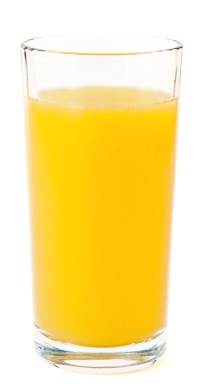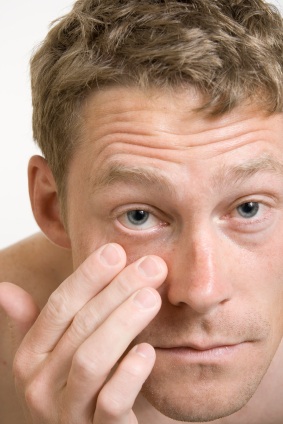A common and desirable benefit of the horehound herb is its effectiveness as an expectorant to aid the discharge of congestive materials from the lungs. This is but one of the many ways that horehound has been used to support good health throughout history. Since its first documented use in Roman times, many people have found it easy to gain health benefits from horehound since nearly every part of the plant is usable and there is a variety of preparation methods.
General Information About Horehound
White horehound is a bitter herb from the mint family that grows like a weed in many areas of the world. Horehound is an aromatic green plant, which produces many branching, square stems that often outgrow other field vegetation to be nearly two feet tall. Pairs of one-inch long leaves grow out of the stems in opposite directions. Between June and August, clusters of densely packed, small, white flowers bloom around the stems where the pairs of leaves attach. The flowers become seed-containing burrs, which have tiny barbs, allowing the seeds attach to animals, clothing, and machinery.
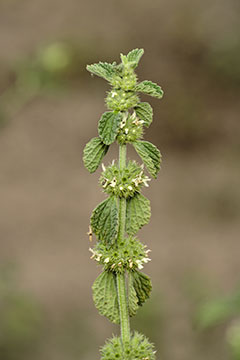
The hoary or silvery-colored hairs on its stem and give it a fuzzy or cloudy appearance are likely the reason for its English name, horehound. In old English, “har” and “hoary” mean grey or grey-haired. Its Latin name is Marrubium vulgare, which may have been derived from the name of an ancient Roman town, “Mariaurbs,” or from the name of one of the bitter herbs, “marrob,” used by the Jews during Passover. (Water horehound, called bugleweed, and black horehound, which has a strong, unpleasant taste and odor, are related to white horehound but the information here applies only to white horehound.)
Some suggest that the Egyptian god Horus could be a reason for its name. Priests in ancient Egypt may have called horehound the seed of Horus and used it in an antidote formula for poison, as did Caesar in the Roman era. Legend indicates that horehound aided priests during rituals in Egypt. Ancient lore gives horehound a power to break magic spells.
Early Physicians Recommend Horehound
Recorded mention of horehound began in the first century in ancient Rome. In his manual of medicine, Roman medical writer A. Cornelius Celsus, described antiseptic uses as well as treatments for respiratory ailments using horehound juice. In his book, “On Agriculture,” first century agriculturist Lucius Columella detailed how to use of horehound for various farm animal ailments such as ulcers, worms, and scabs. In the second century, the noted physician Galen also recommended using horehound to relieve coughing and to support respiratory health.
In his 1597 book on the history of plants and their uses, the respected British herbalist John Gerard recommended horehound as an antidote to poison and a syrup of horehound for those with respiratory problems. English physician Nicholas Culpeper echoed Gerard’s promotion of horehound in his 1652 book for physicians, stating, “There is a syrup made of this plant which I would recommend as an excellent help to evacuate tough phlegm and cold rheum from the lungs of aged persons, especially those who are asthmatic and short winded.”
The Spread of Horehound
Being a hardy perennial that grows well in dry soil, this highly recommended plant did not need help to spread beyond the Mediterranean region. Over the centuries, horehound flourished in all of Europe, South Africa, India, and other parts of Asia. It is now widely distributed in North and South America and Australia, although horehound is not native to these continents. Aiding the spread of horehound even more is the herb’s bitterness, which resists animal grazing. Horehound can be invasive, as in Australia where it is considered a bothersome weed.
Horehound’s reputation spread as well. Taking horehound for a cough or a cold was one of the natural remedies used by the early settlers of Australia. 18th century American physicians who recommended herbs touted its value for those with respiratory ailments and for menstrual problems. In the 1800’s in North America, horehound was used for those with hysteria and lung problems.
Traditional Uses of Horehound
Native American tribes have had many uses for horehound. Records show that ten tribes used it to treat various respiratory ailments, including two tribes which had a specific mixture for children’s colds. Some tribes used also horehound as a kidney flush, as a skin ointment, and as an antidiarrheal. These traditional Native American remedies were prepared from the leaves and flowers of the horehound and sometimes the root or the whole plant. Horehound was taken in the form of teas, extracts, and syrups for internal use and salves or poultices for external use. The Navajo tribe found additional value in horehound for stomach aches, influenza, infection, and as a gynecological aid before and after childbirth.
More recently, in 1956, Chopra, Nayar, and Chopra authored a book on medicinal plants in India. This book is cited a 2007 antibacterial research article (referred to below). The article acknowledges the book’s claims that, in addition to its value for the respiratory system, horehound “possesses tonic, aromatic, stimulant, diaphoretic [increase perspiration] and diuretic [increase urine flow] properties. … It was formerly much esteemed in various uterine, visceral, and hepatic [liver] affections….”
Other beneficial results have been claimed for the use of horehound. These claims include: relieving pain, promoting good digestion, reducing bloating, improving the appetite, stimulating bile flow, lowering blood pressure, vasorelaxant, reducing spasms (antispasmodic), killing intestinal parasites, easing morning sickness, relieving nausea or vomiting, and more. Of course, relief from these conditions is not guaranteed and a qualified healthcare practitioner should evaluate any serious symptom.
The support for these favorable effects has been largely anecdotal, and based upon tradition, scientific theory, or the reputation of horehound as an effective folk remedy. These reasons were sufficient to encourage the use of horehound well into the 20th century. In the industrial age, its reputation led to the production of extracts, teas, cough drops, and cough syrups containing horehound per some folk recipes.
Horehound’s Effectiveness Lacks Clinical Proof
Limited Clinical Evidence
Early in 21st century, however, few Americans seem to know anything about horehound or its history of supporting health. Despite recommendations and assertions of beneficial usage over many centuries, the use of horehound has surprisingly little support in clinical research and medical studies. Double blind human trials are yet needed to confirm or deny the valuable benefits that have been claimed for horehound. Neither has modern research made definitive findings concerning the toxicity, side effects, or proper dosage of horehound.
FDA Ruling on Horehound
Aiding horehound’s fall into relative obscurity was the 1989 FDA ruling on the use of non-prescription cough and cold medicines. The FDA approved just one of about 20 expectorant ingredients and did not find the others, including horehound, to be useful. According to this ruling, all non-prescription products containing the ingredients deemed ineffective must be taken off the market. However, cough suppressant products made outside the US which contain horehound, such as Ricola, continue to be sold in the US.
German Ruling on Horehound
In 1990, one year after the FDA’s ruling in the US, Germany’s Commission E listed loss of appetite and dyspepsia (indigestion) as acceptable uses for horehound. The 24 research scientists appointed to served on Commission E were to determine safe and effective herbal medicines; only approved herbs would be legal to sell in Germany. In identifying active components in horehound, the committee wrote that “[marrubiin] acts as a gastric juice stimulant and marrubinic acid acts as a choleretic [bile stimulant].” They found no known side effects, contraindications, or drug interactions. Notably, Commission E approved horehound to support gastrointestinal health, but they did not stand in opposition to the FDA ruling by approving horehound to support respiratory health, which they identified as unproven folk medicine.
Clinical Research Has Been Done on Horehound
Because clinical proof is now required and because of the FDA ruling, past claims made for horehound’s effectiveness are called into question. Yet, Marrubium vulgare (white horehound) has been the subject of some clinical research and, in light of the claims made for horehound, it is important to review these studies. While they are certainly not proof, in fact the evidence is said to be very weak, many publicly available online studies seem to offer support for horehound’s tradition of beneficial usage.
A health site quite reserved in its promotion of horehound, noted that “there is promising early evidence favoring the use of white horehound as a hypoglycemic agent for diabetes mellitus, and as a non-opioid pain reliever.” The following review of clinical findings on horehound will start with those two possible benefits.
Clinical Research on Horehound or its Ingredients
Hyperglycemia (Diabetes Mellitus) and Horehound
First, two projects show that horehound maybe effective against diabetes. From a 1992 study testing the hypoglycemic effect of 12 antidiabetic plants used in Mexico, “eight of the studied plants decreased significantly the hyperglycemia in rabbits as compared with control test (water). The strongest effect was yielded by Guaiacum coulteri, followed by Marrubium vulgare.”
In 2001, the hypoglycemic effect of five Brazilian medicinal plants was tested in rats. Four of the plants studied, including Marrubium vulgare, “significantly lowered the blood glucose. These results suggest that these four medicinal plants could be an adjuvant [helping] agent in the treatment of diabetes mellitus.”
Pain Relief and Horehound
Researchers in Brazil analyzed the “antinociceptive [pain-relieving] profile of marrubiin, the main constituent of [Marrubium vulgare] … in mice.
The results showed that marrubiin exhibits potent and dose-related antinociceptive effects. … the results suggest that marrubiin, like hydroalcoholic extract of M. vulgare, does not interact with opioid systems.”
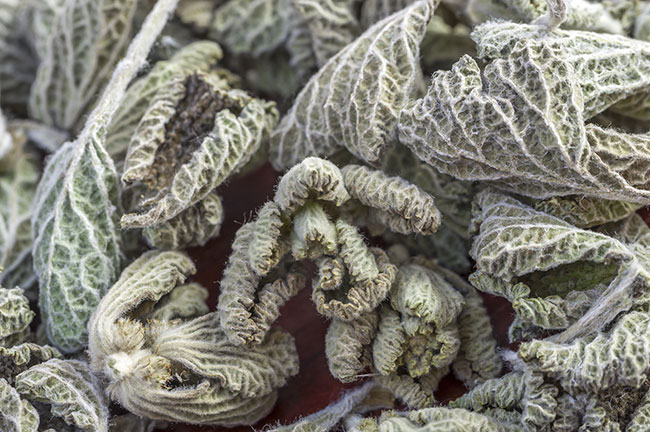
In 2005, another clinical study in Brazil sought “to obtain more active compounds” of “marrubiin, a furane labdane diterpene, which is the main analgesic compound present in Marrubium vulgare.”
The scientists successfully formed “marrubiinic acid and two esterified derivatives … Marrubiinic acid showed better activity and excellent yield, and its analgesic effect was confirmed in other experimental models of pain in mice, suggesting its possible use as a model to obtain new and potent analgesic agents.
Blood Pressure and Horehound
Research in 2001, investigated “the hypotensive [BP lowering] effects of the water extract of Marrubium vulgare L. … in rats.” The horehound “extract lowered the systolic blood pressure … [by inhibiting] the contractile responses of rat aorta to noradrenaline and to KCl. … Marrubium displayed vascular relaxant activity.” This effective action was not blocked by the “NO synthase inhibitor N-nitro-L-arginine.”
Additional research was based on this significant hypotensive finding. A 2004 study added “that, in addition to its antihypertensive effect, Marrubium water extract improved the impaired endothelial [thin layer of cells lining blood vessels] function.” Because “crude extracts of the aerial parts of Marrubium vulgare show a potent in vitro inhibition of KCl-induced contraction of rat aorta, a group scientists from Belgium and Morocco sought to determine “pharmacological information about these components” of horehound. Their work, published in 2003, found “marrubenol [a diterpene alcohol] and marrubiin as the most active compounds.”
In 2004, researchers in Belgium, knowing that “Marrubenol inhibits contraction of rat arteries by blocking L-type calcium (Ca2+) channels in smooth muscle cells,” went on to investigate “its interaction with binding sites for calcium antagonists.” They found that “as marrubenol inhibited the contraction evoked by KCl depolarization of intestinal smooth muscle … interaction with the phenylalkylamine binding site seems to account for the inhibition of L-type Ca2+ channels by marrubenol.”
Antibacterial Activity and Horehound
White and black horehound were among the 5 of 168 crude, unfractionated extracts from Italian medicinal plants that tested well against “methicillin-resistant Staphylococcus aureus, a common cause of skin and soft tissue infection (SSTI).” In their 2008 article, researchers “identified a significant correlation in anti-biofilm activity with medicinal plants used for SSTI. They called it a step “towards the development of new anti-biofilm drugs … controlling the effects of pathogenic bacteria without strong selection for drug resistance.”
In India, in 2007, “the antibacterial activity of the methanolic extract of Marrubium vulgare whole plant was tested” “against selected strains … and exhibited moderate to significant antibacterial activity against five out of six tested bacterial organisms.” The researchers “inferred that the methanolic extract of M. vulgare whole plant had in-vitro antibacterial.”
References to Other Horehound Effects
Two of the above studies used to crude or simple water extracts, which a tea prepared at home could contain. One acknowledged that “chemically, [Marrubium vulgare] is best known for its … marrubiin, which has potent antinocicetpive [pain reducing] and expectorant effects.” Additionally, the 2008 article on Italian plants stated that “previous studies have demonstrated that white horehound extracts exhibit antispasmodic [and] antioxidant … properties.”
In 2001, a researcher studied marrubiin production because “horehound … has been used for centuries to relieve respiratory and bronchial ailments, and a compound known as marrubiin has been implicated as the active constituent.” The 2001 study in Brazil noted that “marrubiin … also is stated to stimulate secretions of the bronchial mucosa and to possess anti-arrhythmic properties.”
Together with the clinical summaries, such statements show that a large number of the traditional claims for the effectiveness of horehound are not dismissed by scientists, but are clearly acknowledged as a reason for their further research. Yet, it is also clear that much more research is needed to prove horehound effective by FDA standards.
How White Horehound Can Be Used
Preparation of Horehound
The entire plant can be used medicinally. Horehound is available fresh, dried, powdered, in capsules, as an extract, or as a pressed juice. When harvesting horehound, cut the plant when the buds of the flower appear. Immediately chop the horehound and then seal it in jars as soon as it has dried. Horehound can be made into candies, syrups, teas, and used as a flavoring.
Simple Recipes for Horehound
For these recipes, adjust amounts to strengthen to taste. Since horehound is quite bitter, most will add sweetener to taste.
Water Extracts
- Tea: Pour boiling water on dried or bruised fresh leaves, one ounce of herb to a pint of water.
- Infusion: Pour two cups of boiling water onto 1-2 ounces of dried horehound, cover and allow to steep for 10-15 minutes then strain.
Alcohol Extracts (Tinctures)
In a glass jar, soak fresh leaves in alcohol. Store in a dark place and shake the mixture several times daily. After about two weeks, strain the liquid with cheesecloth and store it in a tightly-sealed, dark glass bottle, preferably one with an eye-dropper.
- For an extract, dilute fresh horehound with 20% ethanol in a 1:1 ratio.
- For a tincture, dilute fresh horehound with Vodka in a 1:5 ratio.
Sweets
- Snack: Mix chopped, fresh horehound with a little honey to chew and swallow.
- Candy: Add sugar to an infusion of the leaves and boil it thickens. Pour it into a pan and cut into squares after it cools.
- Syrup: Begin with a double-strength infusion using the fresh herb and add 24 ounces of sweetener – 12 ounces each of honey and brown sugar – for each 2.5 cups of the horehound infusion. Heat and stir the mixture as it thickens. After the mixture cools, refrigerate in glass bottles.
Daily Usage Suggestions
- Syrup: one teaspoonful three times a day or 2-4ml.
- Dried herb: 1-2 grams or by infusion.
- Fresh leaves: 4.5 grams.
- Juice: 30 to 60ml.
- Ethanol Extract: 1-2ml
- Tincture: 3-6ml or 10–12 drops in water up to three times a day.
- Capsule: 1 containing 750ml horehound
Other Horehound Uses
An infusion is sometimes used externally as a wash, or a salve of horehound salve can be prepared, to disinfect wounds or for minor skin irritations. A cold infusion of white horehound acts is said to stimulate the bile flow of bile, while a warm infusion could aid sweating or possible break fevers.
Horehound Price Approximations
- Online retailers sell horehound in various forms. Prices vary with retailer.
- Liquid Extract: 7$ per ounce.
- Cut tea: $1 per ounce, cheaper in bulk.
- Cut and Sifted: $8 – $12 for 1 pound and $12 – $25 for organic.
- Tea bags: 4$ for 25 bags.
- Candy: $15 for 12 ounce tin or $3 per pound in bulk.
- Capsules: $5 for 60 capsules containing 750mg horehound leaves.
Information on the Action of Horehound
Components
Horehound’s main active compound is the diterpene lactone marrubiin, as identified in the research summarized above. Many of its other components include:
- A volatile oil with camphene and limonene
- Diterpene alcohols such as marrubenol and marrubiol
- Sterols
- Saponins
- Tannins
- Mucilage
- Alkaloids such as Betonicine and Choline
- Flavonoids such as luteolin, quercetin, and their glycosides
- Vitamin C
- Potassium
Side Effects and Warnings
Horehound has a tradition safe usage; its effectiveness is the main reason for concern. If it works as a digestive aid, horehound use may upset people with ulcers or stomach problems. Also, excessive use of horehound may increase the risk of abnormal heart rhythms. Additionally, in contrast to some traditional uses, some recommend not using horehound during pregnancy or breastfeeding, and should not be used with infants.
Interactions
Because of its possible effectiveness, it is best to err on the side of caution and consult the prescribing doctor before using horehound. Below is a partial list of possible interactions:
- Because horehound may work to lower blood pressure, those taking blood pressure medication should use caution.
- Similarly, horehound’s possible effectiveness as a diuretic and in lowering blood sugar, caution should be used when taking a diuretic medication such as water pills or a medication that affects blood sugar.
- Because horehound may work as an expectorant, it may change or increase the effect of cold medications.
- Similarly, horehound’s possible effectiveness may increase the effect of laxitive products or cholesterol-lowering medications.
- Because horehound contains glycosides and estrogen-like chemicals, those taking heart medications or hormone therapy should use caution as well.
- Additionally, those who take supplements or other herbs to address a condition that horehound may affect should use caution and consult their health practitioner.
References for the article
- John Gerard’s Herball, or Generall Historie of Plants, 1597 A.D.
- Documentation treatments for respiratory ailments using horehound juice
- In his book, “On Agriculture,” first century agriculturist Lucius Columella
- “Bush Medicine” A Pharmacopoeia of Natural remedies by Tim Low.
- American Indian Use
- New F.D.A. Cough Medicine Guidelines
- Commission E
- Government health site on horehound
Clinical Research References
Hyperglycemia (Diabetes Mellitus) and Horehound
Roman Ramos R, Alarcon-Aguilar F, Lara-Lemus A, et al.
Hypoglycemic effect of plants used in Mexico as antidiabetics.
Arch Med Res . 1992;23:59–64
Novaes AP, Rossi C, Poffo C, Pretti Júnior E, Oliveira AE, Schlemper V, Niero R, Cechinel-Filho V, Bürger C.
Preliminary evaluation of the hypoglycemic effect of some Brazilian medicinal plants.
Therapie . 2001;56:427–30
Pain Relief and Horehound
De Jesus RA, Cechinel-Filho V, Oliveira AE, Schlemper V.
Analysis of the antinociceptive properties of marrubiin isolated from Marrubium vulgare.
Phytomedicine. 2000 Apr;7(2):111-5.
Meyre-Silva C, Yunes RA, Schlemper V, Campos-Buzzi F, Cechinel-Filho V.
Analgesic potential of marrubiin derivatives, a bioactive diterpene present in Marrubium vulgare (Lamiaceae).
Farmaco. 2005 Apr;60(4):321-6.
Blood Pressure and Horehound
El Bardai S, Lyoussi B, Wibo M, et al.
Pharmacological evidence of hypotensive activity of Marrubium vulgare and Foeniculum vulgare in spontaneously hypertensive rat. Clin Exp Hypertens . 2001 May;23(4):329-43.
Sanae El Bardaia, b, Marie-Christine Hamaidea, Badiaa Lyoussib, Joëlle Quetin-Leclercqc, Nicole Morela and Maurice Wibo
Marrubenol interacts with the phenylalkylamine binding site of the L-type calcium channel
Antibacterial Activity and Horehound
Cassandra L. Quave, Lisa R.W. Plano, Traci Pantuso, Bradley C. Bennett
Effects of extracts from Italian medicinal plants on planktonic growth, biofilm formation and adherence of methicillin-resistant Staphylococcus aureus
Journal of Ethnopharmacology: Accepted 8 May, 2008
It also had sources for antispasmodic (Schlemper et al., 1996), antioxidant (Berrougui et al., 2006; Matkowski and Piotrowska, 2006; Weel et al., 1999)
Mubashir H. Masoodi1*, Bahar Ahmed2, Iqbal M. Zargar1, Saroor A. Khan2, Shamshir Khan2
and Singh P.1
Antibacterial activity of whole plant extract of Marrubium vulgare
African Journal of Biotechnology Vol. 7 (2), pp. 086-087, 18 January, 2008

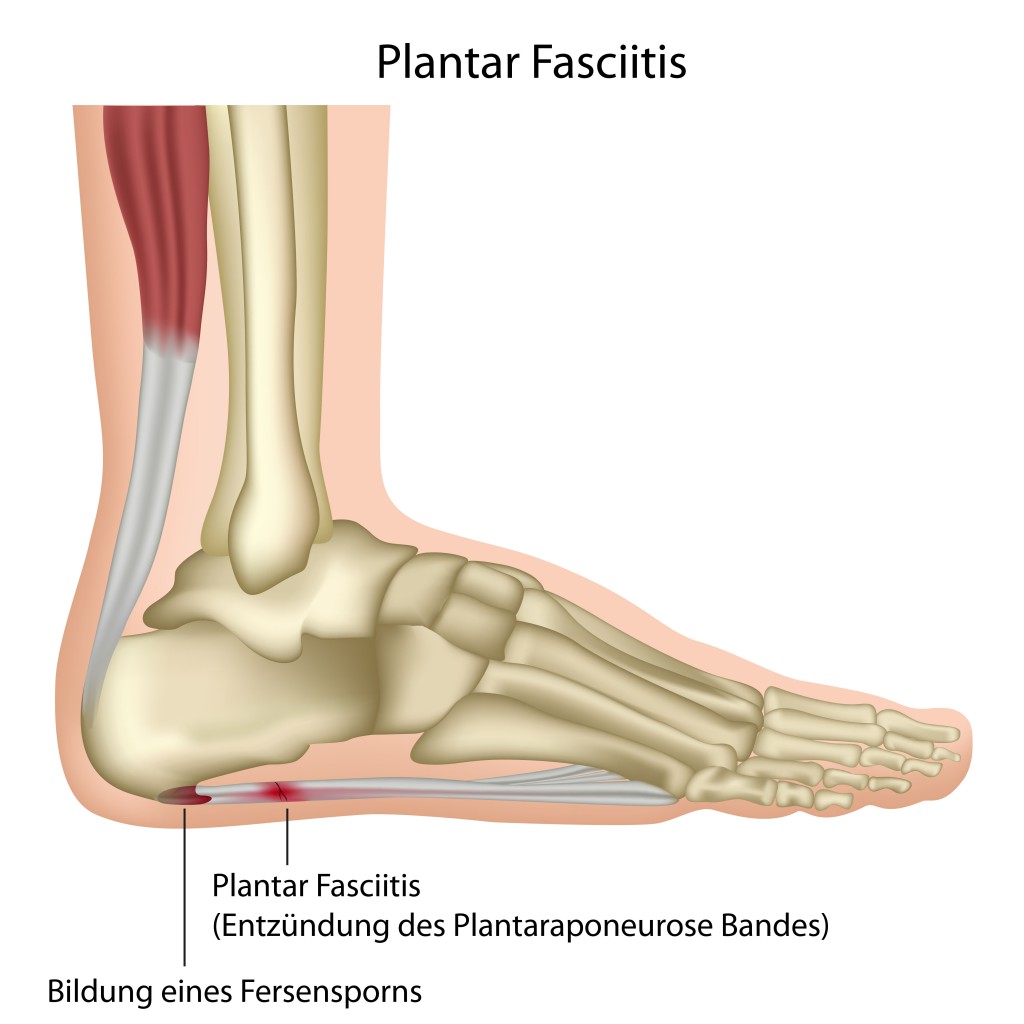
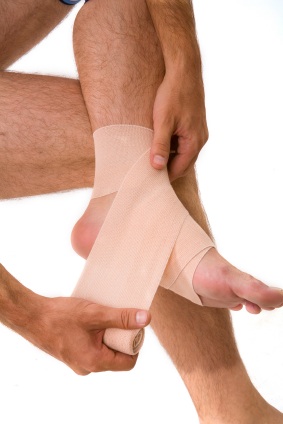
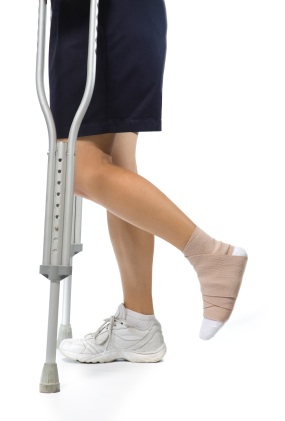
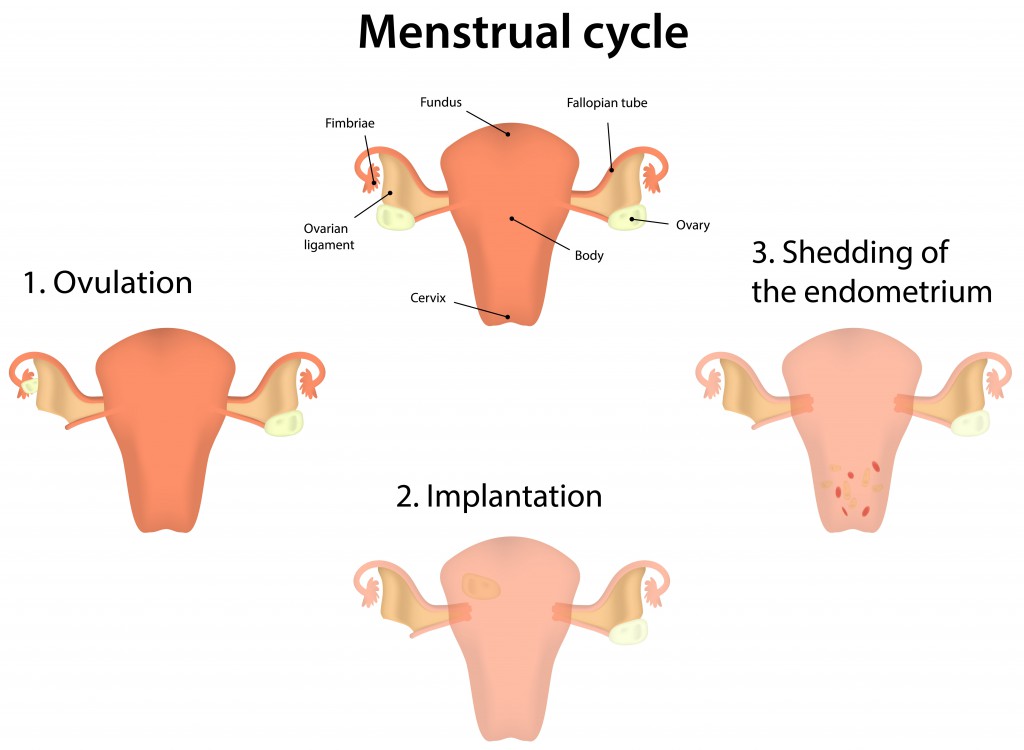

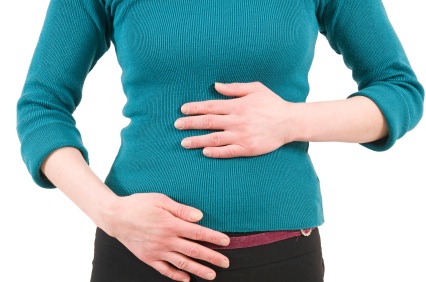
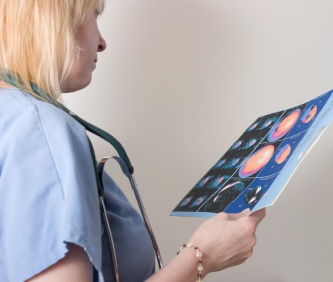
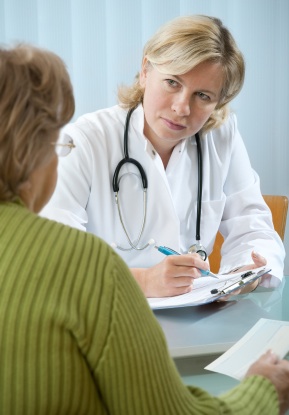
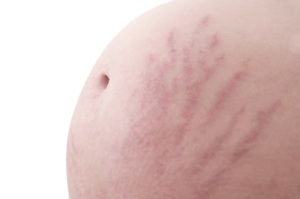
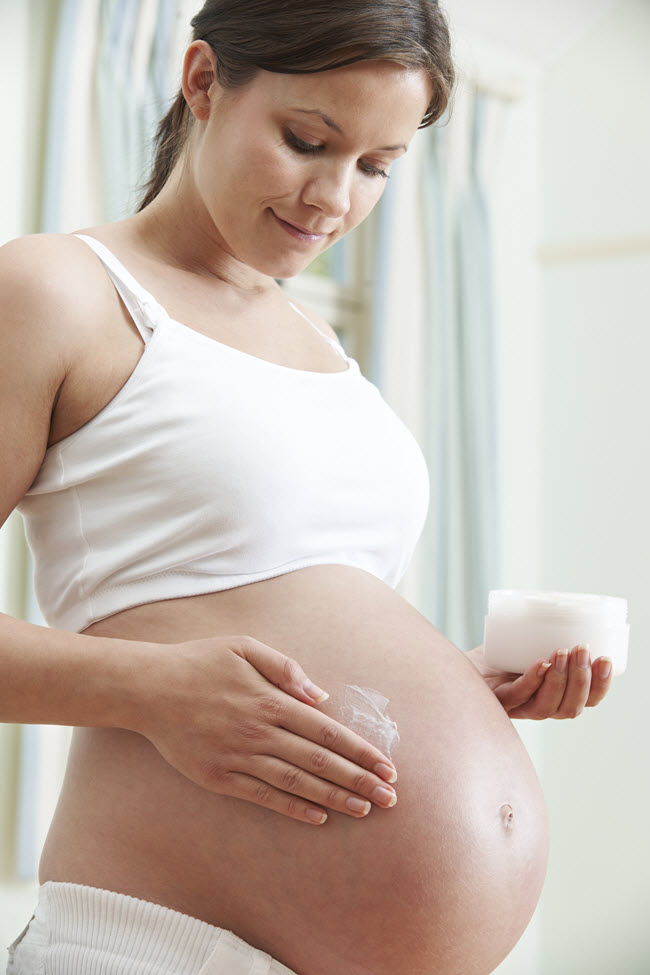
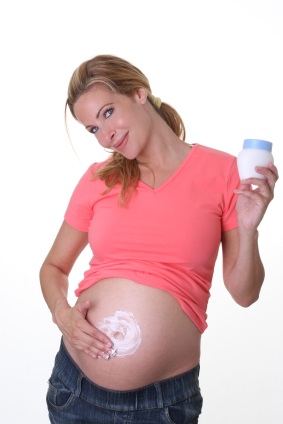

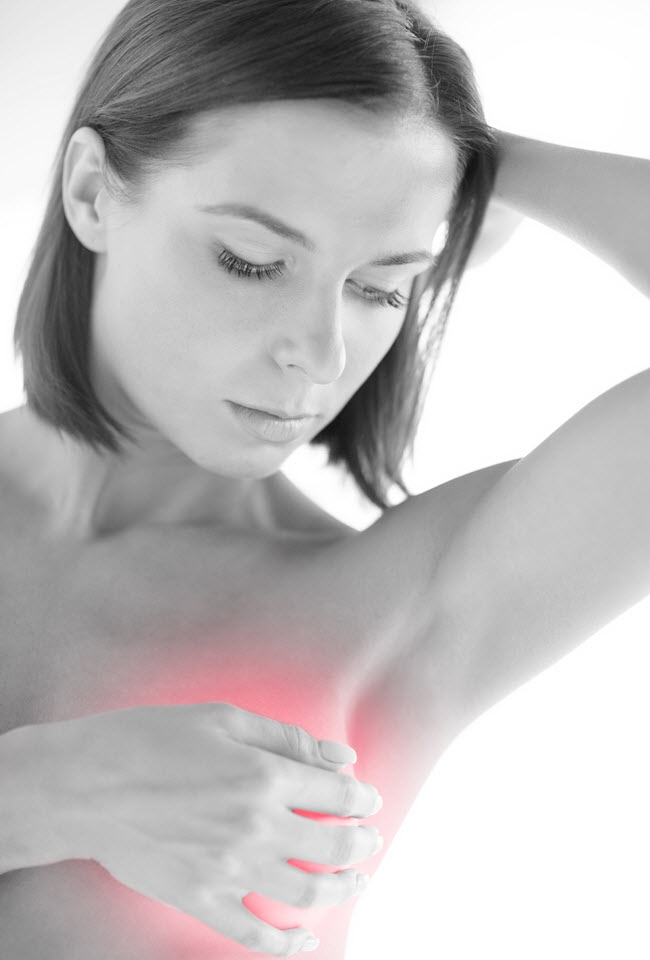



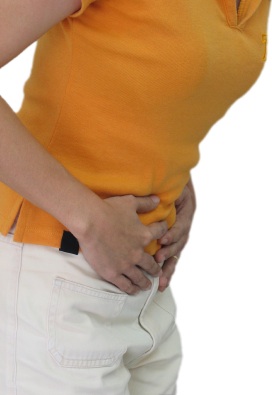
 If this test points toward a case of lactose intolerance, a follow up blood test can be done to confirm the lack of broken down sugars in the bloodstream. For babies and small children who cannot be exposed to the high level of lactose required for testing, a stool sample can be analyzed for excess amounts of lactic acid that has passed through the colon.
If this test points toward a case of lactose intolerance, a follow up blood test can be done to confirm the lack of broken down sugars in the bloodstream. For babies and small children who cannot be exposed to the high level of lactose required for testing, a stool sample can be analyzed for excess amounts of lactic acid that has passed through the colon.